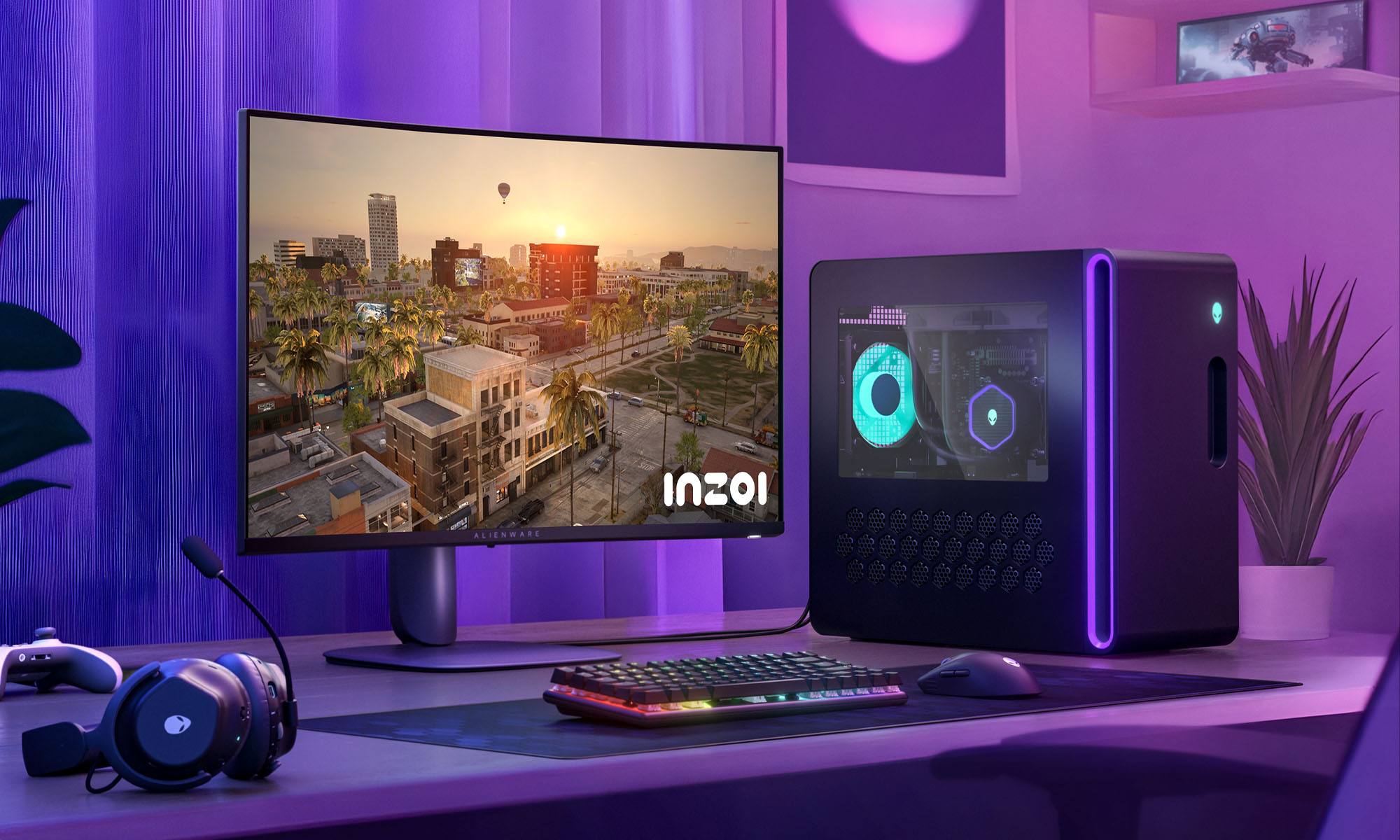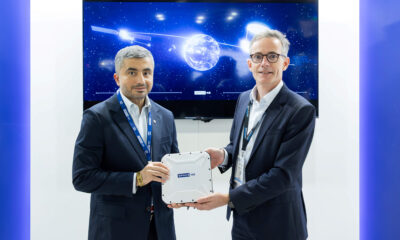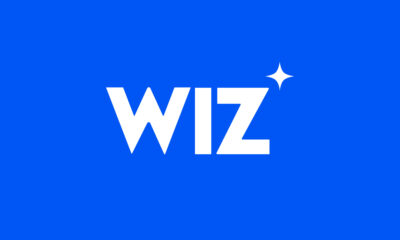News
Microsoft Blocks Lebanon-Based Hackers Targeting Israel
The hackers were abusing Microsoft’s file hosting service, OneDrive, to target private and government organizations in Israel.

Microsoft Threat Intelligence Center (MSTIC) has successfully identified and disabled an attack orchestrated by a Lebanon-based activity group called Polonium.
The group was abusing Microsoft’s file hosting service, OneDrive, to target private and government organizations in Israel. Based on its tools and techniques, it seems that Polonium is affiliated with Iran’s Ministry of Intelligence and Security (MOIS).
“Polonium has targeted or compromised more than 20 organizations based in Israel and one intergovernmental organization with operations in Lebanon over the past three months,” explains MSTIC.
The good news is that all legitimate OneDrive accounts are completely safe because the attack didn’t involve any security issues or vulnerabilities. Instead, Polonium used the file hosting service for command and control to execute part of their attack operation.
Polonium’s targets include primarily organizations in critical manufacturing, IT, and defense industry. “In at least one case, Polonium’s compromise of an IT company was used to target a downstream aviation company and law firm in a supply chain attack that relied on service provider credentials to gain access to the targeted networks.”
MSTIC is still actively investigating how Polonium gained initial access to many of their victims, but it knows that most victims were running Fortinet appliances. Based on this fact, MSTIC suspects that the CVE-2018-13379 vulnerability was used to gain access inside the targeted organizations.
Also Read: Is Your Phone Hacked? How To Find Out & Protect Yourself
While the threat has been contained, there are certain actions MSTIC recommends all organizations to take to protect themselves, such as confirming that Microsoft Defender Antivirus is updated, enabling multi-factor authentication (MFA), and blocking in-bound traffic from specific IP addresses.
This isn’t the first instance of threat actors using OneDrive and other similar file hosting services to achieve their nefarious goals. Last year, for example, Microsoft discovered that OneDrive was used to host malware files commonly used to launch Conti ransomware attacks.
News
Alienware Just Announced Six New Gaming Monitors
The new models include three QD-OLED and three budget-friendly QHD options, expanding the company’s lineup for all gamers.

Alienware has just updated its gaming monitor lineup with six new additions, including the highly anticipated Alienware 27 4K QD-OLED Monitor. The latest wave of releases is set to reach more gamers than ever, offering high-end QD-OLED displays alongside more budget-friendly options.
The latest displays clearly show that the company is doubling down on QD-OLED with three new models sporting the technology. A redesigned Alienware 34 Ultra-Wide QD-OLED Monitor is also making a return, further refining what is already a fan-favorite display.
A Unified Design: The AW30 Aesthetic
All six monitors feature Alienware’s new AW30 design language, first introduced at CES. The AW30 aesthetic brings a futuristic, minimalist look that unites the entire lineup under a cohesive visual identity.
Pushing QD-OLED Even Further
The refreshed Alienware 34 Ultra-Wide QD-OLED Monitor (AW3425DW) builds on its predecessor’s success with a 240Hz refresh rate (up from 175Hz) and HDMI 2.1 FRL support. It also gains G-SYNC Compatible certification alongside AMD FreeSync Premium Pro and VESA AdaptiveSync, ensuring ultra-smooth performance. With a WQHD (3440×1440) resolution and an 1800R curve, this display enhances immersion for both gaming and cinematic experiences.
For those who crave speed, the Alienware 27 280Hz QD-OLED Monitor (AW2725D) pairs a high refresh rate with QHD resolution, balancing sharp visuals with ultra-smooth gameplay. Meanwhile, the Alienware 27 4K QD-OLED Monitor (AW2725Q) delivers stunning clarity with an industry-leading pixel density of 166 PPI, making it the sharpest OLED or QD-OLED monitor available.
Also Read: Infinite Reality Acquires Napster In $207 Million Deal
Worried about OLED burn-in? Alienware’s entire QD-OLED lineup comes with a three-year limited warranty covering burn-in concerns, offering peace of mind for gamers investing in these high-end displays.
Bringing QHD To A Wider Audience
Alongside QD-OLED, Alienware is also releasing three new QHD gaming monitors aimed at more price-conscious gamers. The Alienware 34 Gaming Monitor (AW3425DWM), Alienware 32 Gaming Monitor (AW3225DM), and Alienware 27 Gaming Monitor (AW2725DM) provide a range of sizes and formats to suit different preferences:
- The Alienware 34 Gaming Monitor (AW3425DWM): An ultrawide (WQHD) option for a panoramic, immersive experience.
- The Alienware 32 Gaming Monitor (AW3225DM): A standard 16:9 panel for a traditional but expansive desktop setup.
- The Alienware 27 Gaming Monitor (AW2725DM): A 27” display offering the same performance in a more compact form factor.
All three gaming monitors feature a fast 180 Hz refresh rate, a 1ms gray-to-gray response time, and support for NVIDIA G-SYNC, AMD FreeSync, and VESA AdaptiveSync to eliminate screen tearing. Additionally, with 95% DCI-P3 color coverage and VESA DisplayHDR400 certification, these displays deliver vibrant colors and high dynamic range for lifelike visuals.
-

 News3 weeks ago
News3 weeks agoSpace42 & Cobham Satcom Launch New Satellite Broadband Terminal
-

 News3 weeks ago
News3 weeks agoRipple Gains DFSA License To Offer Crypto Payments In Dubai
-

 News2 weeks ago
News2 weeks agoAre You Ready For Hong Kong’s InnoEX & Electronics Fair?
-

 News2 weeks ago
News2 weeks agoWizz Air Abu Dhabi Adds Beirut Flights Amid Tourism Revival
















